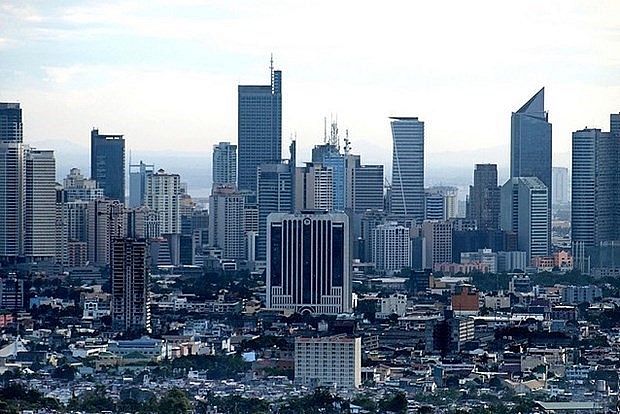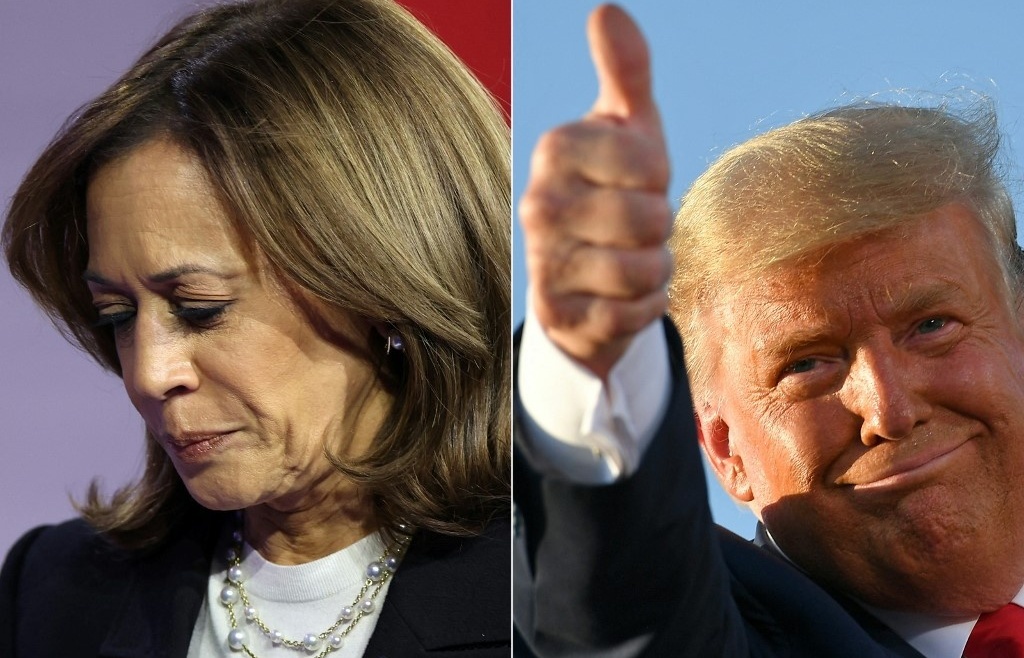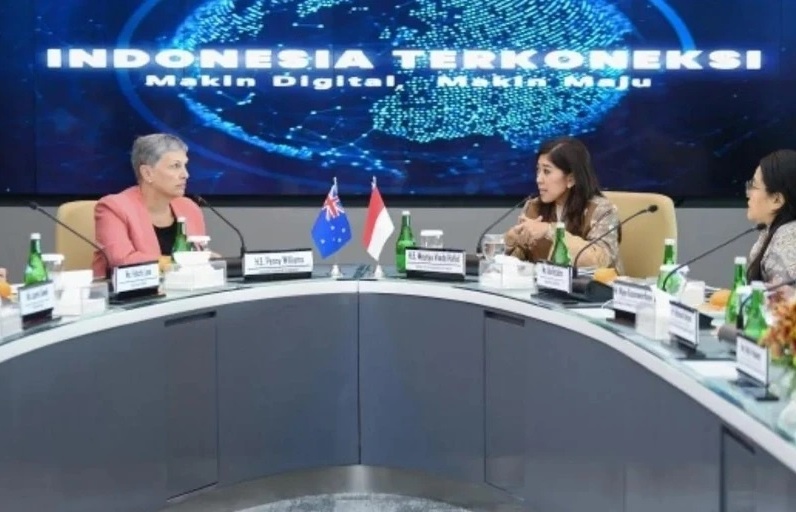IMF cuts Philippine 2020 GDP growth forecast to 0.6 percent
 |
| Illustrative image (Photo: Philstar.com) |
Despite the big drop in its projection, the lender forecasts a recovery of the domestic economy in 2021, with an expansion of 7.6 percent.
These projections are in line with its 0.6-percent growth forecast for ASEAN-5 for this year and 7.8 percent next year.
IMF Country Representative to the Philippines Yongzheng Yang attributed the cut in their growth projections for the country to supply disruptions related to COVID-19 and weaker demand in the Philippines’ major trading partners.
Tighter global financial conditions, weaker public confidence, and lower remittances are also expected to weigh on private consumption and investment, Yang said.
He, however, said these factors are seen to be countered partly by policy support.
The Philippine government has formulated fiscal and monetary measures worth 1.1 trillion PHP (21.7 billion USD) to help sectors affected by the pandemic while various levels of quarantine have been raised nationwide to curb the further rise of COVID-19 cases.
Yang said stemming the spread of COVID-19 is of utmost importance, and policies at the moment should focus on both protecting public health and putting people back to work.
He said the IMF welcomes the Philippine government’s measures to address the pandemic’s impact.
He noted that because of prudent macroeconomic management, the Philippines has built considerable policy buffers in recent years, and both the government and the central bank have been making good use of this policy space.
"The country has ample room for additional policy stimulus, if needed, given the relatively low level of public debt and well-anchored inflation expectations,” Yang said.
What the stars mean:
★ Poor ★ ★ Promising ★★★ Good ★★★★ Very good ★★★★★ Exceptional
 Tag:
Tag:
Related Contents
Latest News
More News
- Tropical storm Trami leaves at least 24 people dead in Philippines (October 24, 2024 | 17:36)
- Singapore grants conditional approval for solar power import from Australia (October 24, 2024 | 17:27)
- ASEAN digital economy set to reach $2 trillion by 2030 (October 22, 2024 | 15:08)
- Thailand asks Laos to waive visa fee at border checkpoints to boost tourism (October 21, 2024 | 17:23)
- Laos pledges to continue efforts to empower girls (October 21, 2024 | 17:17)
- Chinese electric vehicle maker to build plant in Indonesia (October 21, 2024 | 17:12)
- Vietnam Elevator Association introduces Elevator Safety Application to the world (October 18, 2024 | 09:00)
- A taste of the future - the go-to spot at the Worldchefs Congress & Expo 2024 (October 15, 2024 | 16:11)
- Jakarta to impose household waste levy (October 14, 2024 | 16:49)
- China, Laos plan to build connectivity development corridor with Thailand (October 14, 2024 | 16:19)























 Mobile Version
Mobile Version